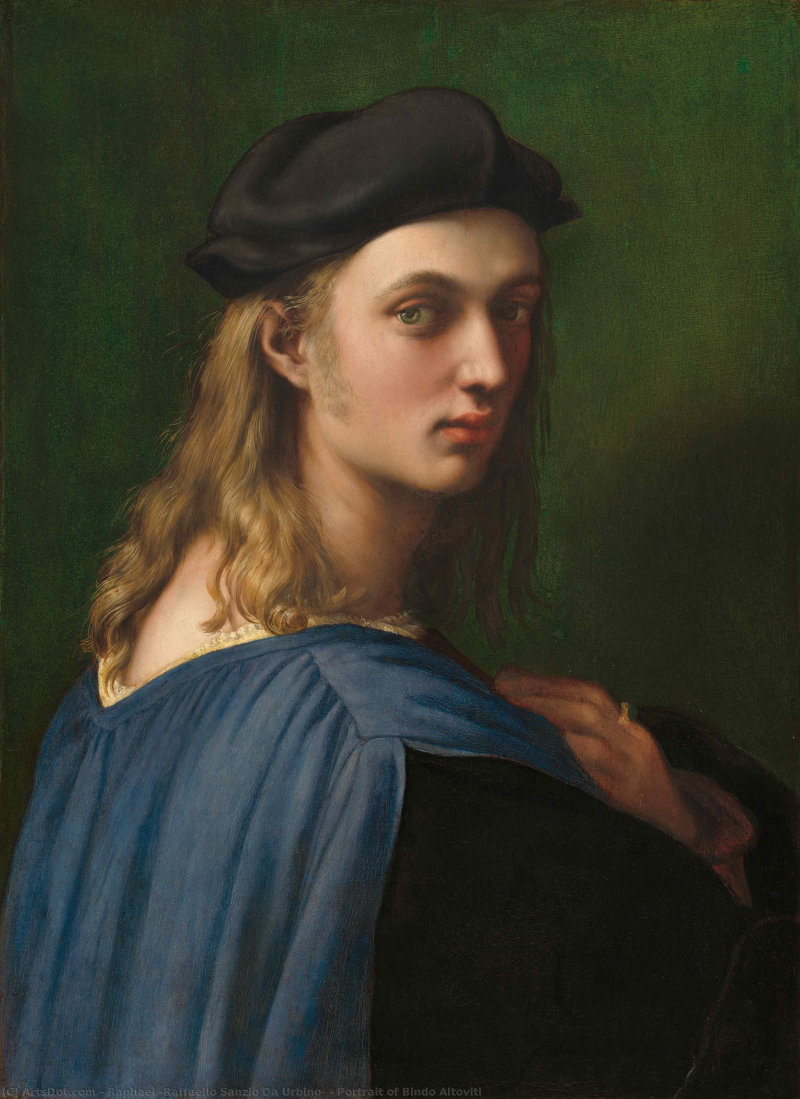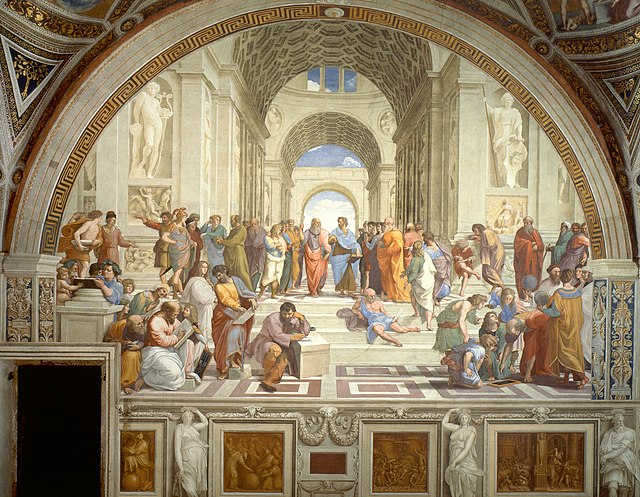Raphael
Raphael was another famous Renaissance period artist who completed the holy trinity of renowned Renaissance artists that including Leonardo da Vinci and Michelangelo. Raphael was regarded as a master of color and harmony in his paintings, able to create the illusion of space in all of his works. Raphael's immense zest for life was particularly visible in his paintings despite his short life, as he, unfortunately, died at the age of 37. His humanist values of beauty and realism were likewise astoundingly new.
During his brief career, Raphael created a number of paintings, frescoes, and prints. A vast number of his artworks have survived because of his strict work ethic, with Raphael being lauded for his expert structure and grasp of the human form throughout these works. The majority of his works dealt with religious themes, and he was regularly commissioned by the Pope and the Catholic Church. After moving to Rome, Raphael was even chosen as the Pope's principal architect to build ecclesiastical palaces.
Raphael was regarded as a painting genius due to his harmonic compositions and brilliant coloring.
He began painting as a toddler and eventually took over his father's workshop at the age of 11. As an adult, Raphael oversaw the largest art workshop of the day, which helped him establish himself as one of the Renaissance's most creative artists. Raphael's artworks were highly regarded during his lifetime, with many of his works ending up in private collections around the world.
Raphael's fame spread far and wide during his career, and his friendly and amicable personality added to his renown. Raphael's gregarious and affable disposition worked to his benefit, allowing him to gain acceptance and uncommon employment possibilities that put him ahead of his colleagues at the time.
Raphael is widely regarded as another true "Renaissance guy" due to this, as well as his competent artworks, as he demonstrated proficiency in a multitude of artistic areas.
Raphael was regarded as the master of authentically representing emotions, which helped bring his paintings to life. While his art is acclaimed worldwide for its clarity, composition, and visual brilliance, some reviewers have labeled it as overly emotional. Despite this, Raphael made such significant contributions to the Renaissance that his death has long been regarded as one of the official markers of the High Renaissance period's end.
Lifespan: 1483 – 1520
Nationality: Italian
Art Movements: High Renaissance
Most Famous Artworks
- The School of Athens (1509 – 1511)
- Sistine Madonna (1512)
- The Transfiguration (1520)












